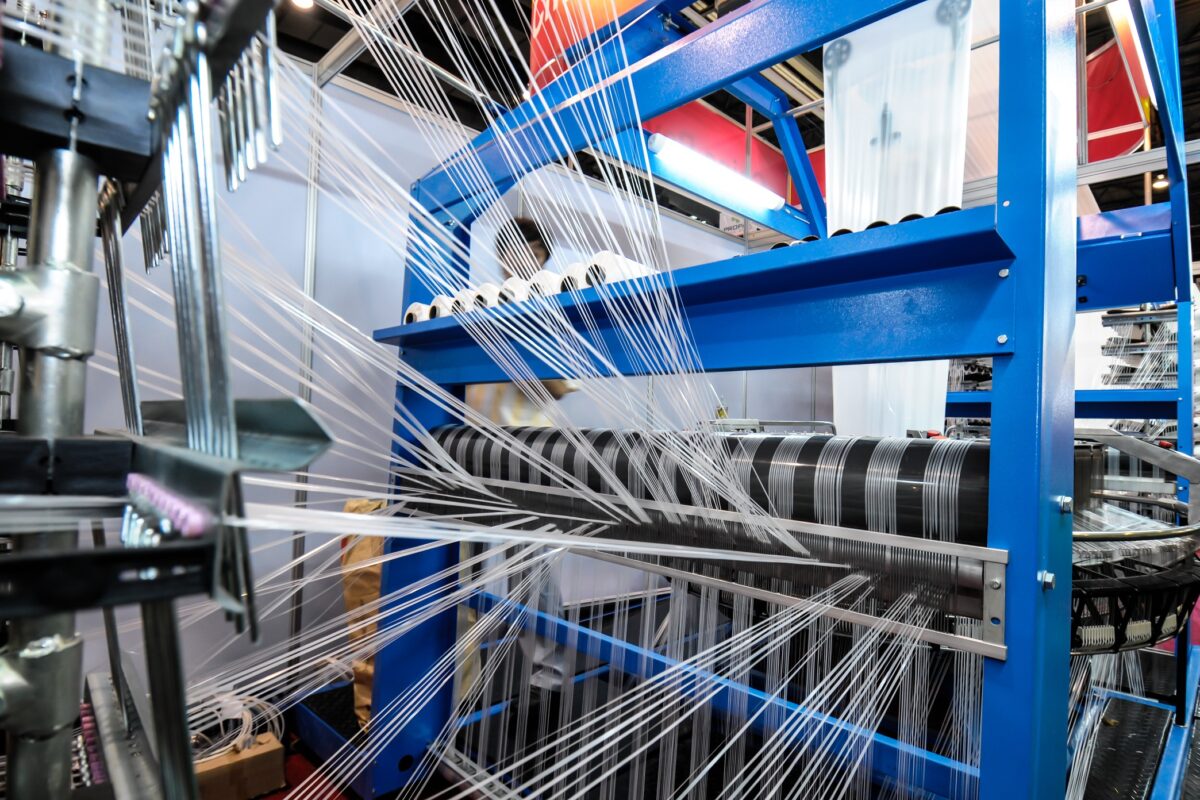Home textiles from India are gaining share in export markets. New capacities and backward integration are expected to help firms like Himatsingka Seide and Indo Count improve profitability and market share. Himatsingka Seide has expanded bed linen capacity and is aiming to commission spinning capacity, which helps in backward integration. Indo Count is expanding bed linen capacity and is planning to build a new plant.
Indo Count expects a 10 to 12 per cent volume growth in financial year 2018. Also Indo Count believes its volume growth has the potential to grow at a higher rate after financial year ’18. Even as the rupee appreciated 3.8 per cent against the dollar in the last three months, and cotton prices rose 20 per cent from a year ago, shares of Indo Count, Trident, Himatsingka Seide and Welspun gained 20 to 40 per cent in the last three months.
However, cost pressures can impact that advantage. Higher yuan depreciation against the rupee appreciation and a reduced cotton price spread between India and China is impacting the Indian advantage. The recently notified duty drawback scheme is expected to provide some cushion, but cost pressures outweigh the benefits from the scheme. If the external environment does not worsen, home textile makers can overcome the current cost pressures with scale benefits.
India’s home textiles gain export share
- 1
- 2
- 3
- 4
- 5
- 6
- 7
- 8
- 9
- 10
Threads of Labor and Steel: The human-machine ecosystem powering India’s textile…
India generates nearly eight million tonnes of textile waste every year, placing the country at the center of the global... Read more
Hanging by a Thread: US Tariffs cripple Indian textile exports, orders drop 70%
India’s textile and apparel industry is facing an unexpected mid-cycle rupture that is reshaping the sector’s economics far faster than... Read more
Sourcing's new compass, navigating apparel's great migration beyond Asia
The global apparel sourcing business is redefining the metrics of success beyond traditional labor costs. Led by geopolitical risks, consumer... Read more
No A-Grades for Climate: What the fossil-free fashion scorecard reveals about in…
For years, the global fashion industry has promised a cleaner, greener future but 2025’s Fossil-Free Fashion Scorecard by STAND.earth offers... Read more
Wired Threads: How India’s textile backbone is powering the smart apparel future
India’s huge textile industry, long celebrated for its command over cotton and competitive manufacturing scale, is going through a foundational... Read more
The New Core Competency: How sustainability and advanced fabrics are driving Ind…
The SportTech Pavilion at Techtextil India, hosted by Concepts N Strategies, concluded with a unanimous declaration: for India to successfully... Read more
New EU import rules set to raise prices for Shein and Temu, boosting European re…
Europe’s fashion and textile scenario is on the verge of its most consequential structural shift in over a decade. The... Read more
Global apparel trade rebalances in 2025 as Europe rises, Asia stumbles: Wazir Ad…
As the global apparel economy enters the final quarter of 2025, trade flows across major markets reveal a sector facing... Read more
Tariffs, turbulence and tenacity, India’s textile sector finds new strength
India’s textile and apparel export sector is showing a remarkable capacity to adapt and thrive in one of the most... Read more
Future Fiber Demand and the Chemical Recycling Imperative: Global industry eyes …
The global textile industry is entering a period of exponential growth and profound technological transformation, according to key figures speaking... Read more












